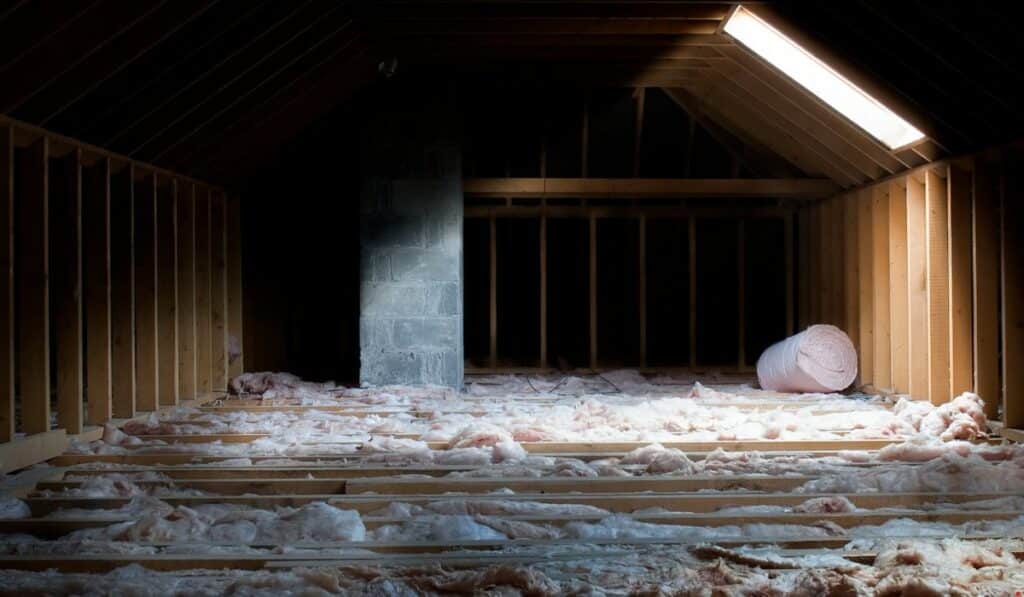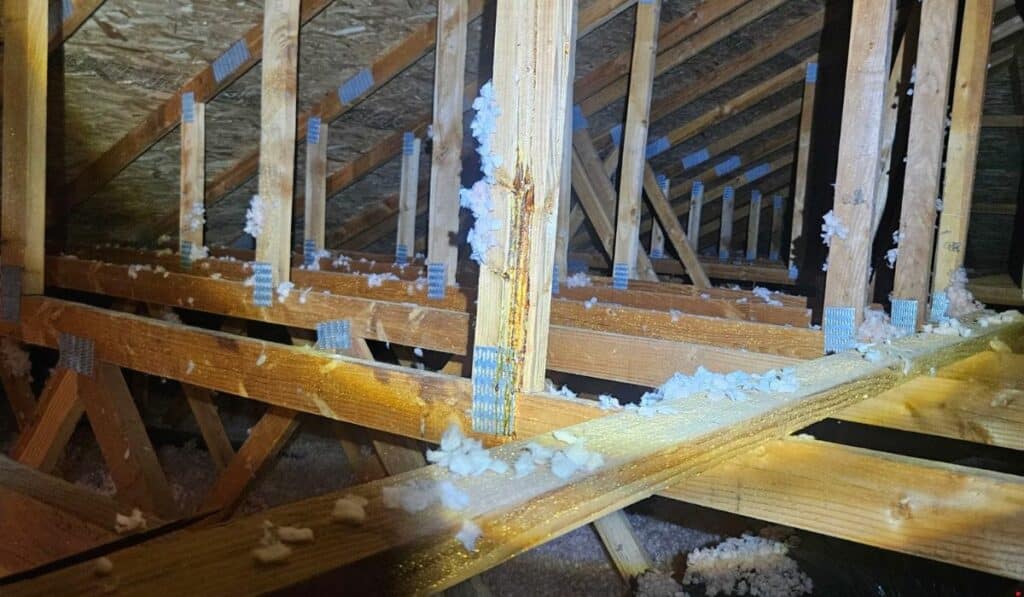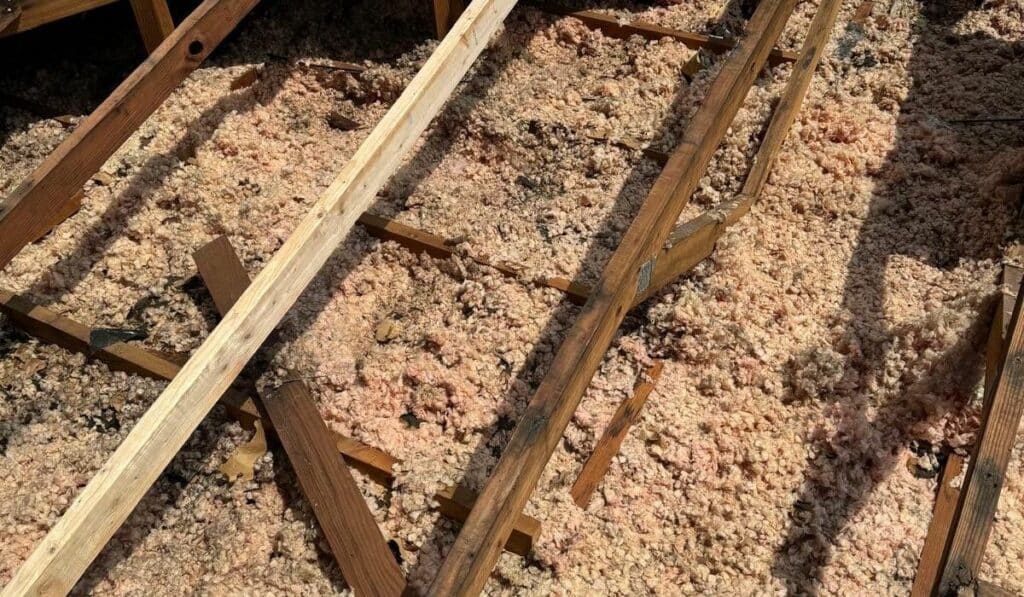Keeping your home cool and energy-efficient during the sweltering summer can be a challenge, especially if heat is accumulating in your attic. Did you know that attic temperatures can soar to 150°F (65°C) on a hot day? This intense heat impacts not only your indoor comfort but also your energy bills. In this comprehensive guide, brought to you by IBEX Roof, we'll explore the workings of attic fans, their benefits, types, and how to choose and install the right one for your home in Vancouver, Washington.

An attic fan is a ventilation device installed in the attic to exhaust hot air, reducing the temperature in your attic space. There are different types of attic fans, including gable vent fans, roof-mounted fans, and solar attic fans. Attic exhaust fans with thermostats are particularly effective as they automatically regulate temperature, providing continuous airflow and maintaining optimal conditions in your attic.
Attic fans operate by drawing hot air out of your attic and exhausting it to the exterior of your home. This process creates a cooler attic environment, which in turn:
| Component | Description |
| Fan Motor | Powers the fan blades to ensure adequate airflow. |
| Blades | Designed to move large volumes of air efficiently. |
| Housing | Protects internal components from debris and weather. |
| Thermostat | Automates the fan based on temperature settings. |
| Additional Parts | May include solar panels for solar attic fans or humidistats for moisture control. |

By reducing the attic temperature, an attic fan can significantly lower your home's cooling costs. Your HVAC system won't have to work as hard, leading to energy savings and prolonged appliance longevity.
Excessive heat and moisture in the attic can deteriorate roofing materials. Proper ventilation provided by an attic fan helps in preserving your roof's life by keeping the attic cooler and dryer.
An optimal attic environment ensures that the heat doesn't transfer to your living spaces, maintaining consistent temperature levels and enhancing indoor comfort.
Attic fans help in regulating moisture levels, thereby preventing condensation and associated problems like mold and mildew growth.

A thermostat automates your attic fan, turning it on or off based on temperature settings. Similarly, a humidistat controls the fan based on moisture levels, providing comprehensive environmental control.
While some homeowners may opt for DIY attic fan installation, professional installation offers significant advantages:
Regular checks are essential to ensure your attic fan’s optimal functionality. Routine cleaning and maintenance can prolong the life of your attic vent fan.
IBEX Roof boasts years of experience in providing quality roofing services. Our team is skilled in various aspects of roofing, including attic fan installation and repair.
Being licensed, insured, and bonded in Washington and Oregon, we offer a guarantee of professionalism and trustworthiness.
We provide free, no-obligation estimates along with a minimum 10-year workmanship warranty, ensuring peace of mind.
Understanding how attic fans work and their benefits can significantly impact the comfort and efficiency of your home. By choosing the right attic fan and ensuring proper installation, you can enjoy a cooler home and lower energy bills. Contact IBEX Roof today for expert advice and services related to your attic ventilation needs.
An attic fan can last between 10 to 15 years with proper maintenance.
Modern attic fans are designed to operate quietly, but it’s essential to choose a high-quality model.
Yes, attic fans can be installed with most roofing materials, but it's best to consult with a professional.
Regular checks are recommended, but most attic fans require minimal maintenance.
For more information on the pros and cons of attic ventilation fans or if you need an attic fan replacement, visit our blog or contact us today.